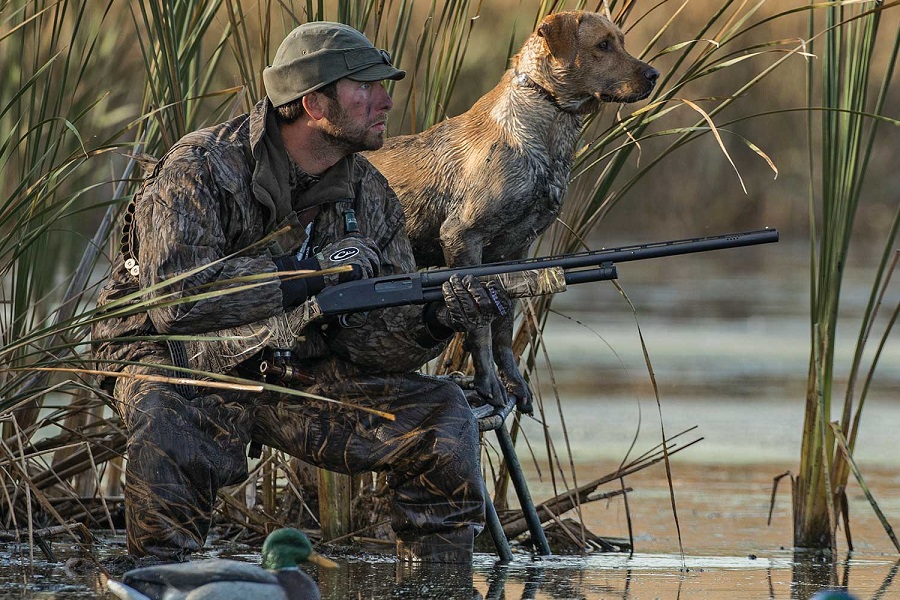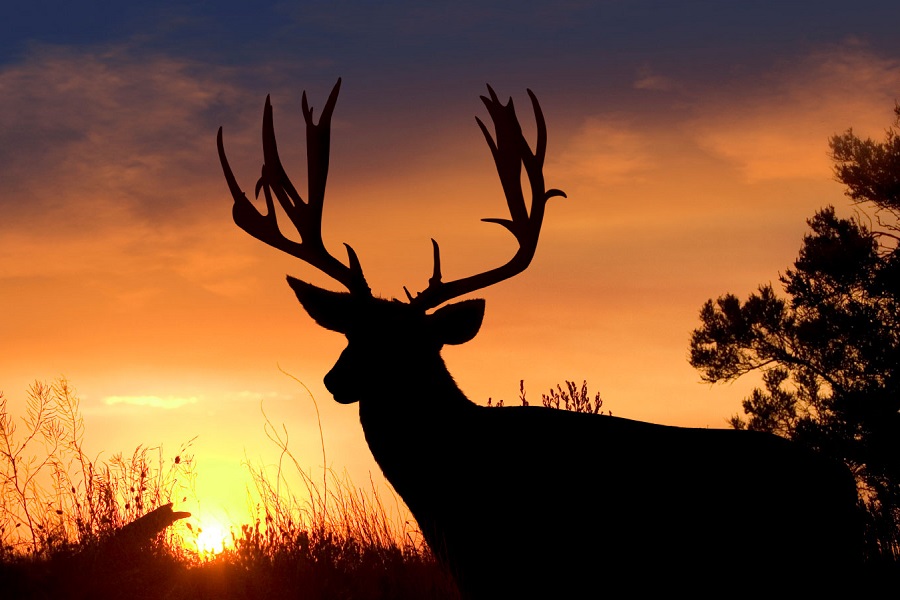Bird hunting is entirely different from big game hunting, and it requires a steady hand. While you might run into more birds than whitetail, they could be more elusive if not properly hunted.
Apply these tips for bird hunting the next time you go on a hunt, and you’re bound to see greater success.
1. Have A Good Hunting Dog
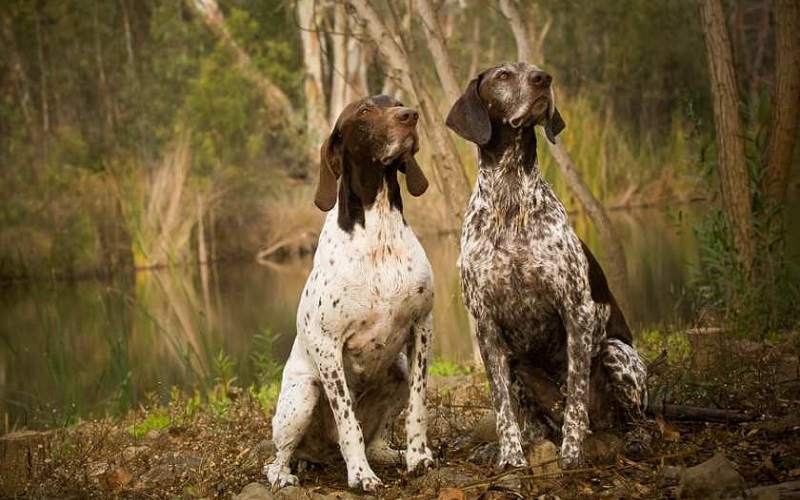
We can’t stress enough how important it is to have a good hunting dog on your side. We’ve compiled a list of the top 12 hunting dogs, most of which are great for bird hunting. Labs and pointers are fantastic at retrieving pheasants after they’ve been shot down, while a Jack Russell might be better at retrieving quail. It all comes down to the breed and how well you train them.
This is the number one tip because when you actually knock the birds down, it’s nearly impossible to find where they fell. Even if you have great depth perception and believe you know where they landed, you can spend twenty minutes searching around one spot for a downed pheasant, at which point insects could have already swarmed the corpse. Hunting dogs are there for efficient hunting.
If you have a good dog breed for hunting but they’re not too keen at retrieval, you can find private clubs and areas that will help train your dogs. You go out onto a field and have them run through tall grass, wheat, sagebrush, and other things that they’ll encounter in the wilderness. It helps fine-tune their noses to locate the target item in a timely manner.
2. Hunt In The Heat
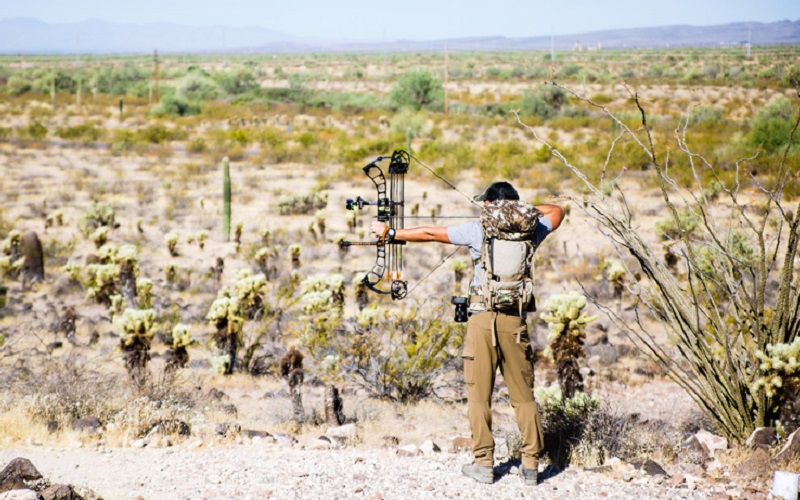
Birds need to cool down in the hot weather, and since they don’t hold onto a lot of water, you’d do well to hunt near streams, lakes, and rivers. If you can find concealed spots of brush or shrubbery on the side of the river, they’re likely hiding in there and drinking discreetly to avoid alerting predators.
Setting up a tree stand isn’t going to do you any good here, but you can walk along the river banks (about 100 steps away from the water source) and keep an eye out for birds entering and leaving shrubbery. It can be a tedious process at first, but once you start identifying patterns, you’ll be able to bag more games in no time.
3. Use The Right Shot
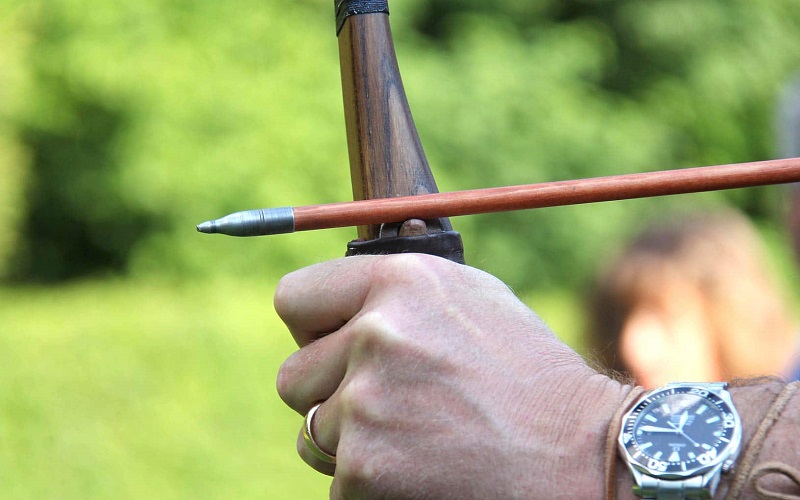
Too high a gauge of bullets, and you’re literally going to blow the bird to pieces and ruin the game. Birds are tough enough that they’re not going to get knocked down by pallets, and you want to land one single shot to kill them. After the first shot, if they’re well enough to start flying away, your chances of landing another greatly diminish.
Different gauges will be used for different birds. For ducks and pheasants, a 12-gauge shot will work just fine, though you can go up to a 20-gauge if you wish. Find out more information about the bird that you are hunting to determine what will work best.
4. Don’t Disregard The Cold
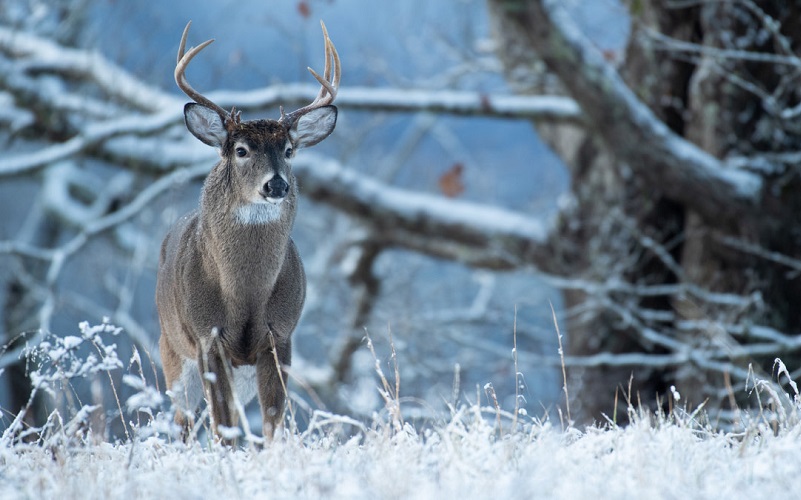
When the winter starts to creep over the landscape, that’s when it’s your best time to hunt for birds. Not only will your dog’s scent-tracking abilities be far better, but that’s when birds start to disperse and either fly north or stick to the ground when moving (pheasants and quails in particular).
You’ll be able to see tracks in the snow as well, so you won’t have to fully rely on your dog to hunt down every single scent.
5. Adjust To Flight
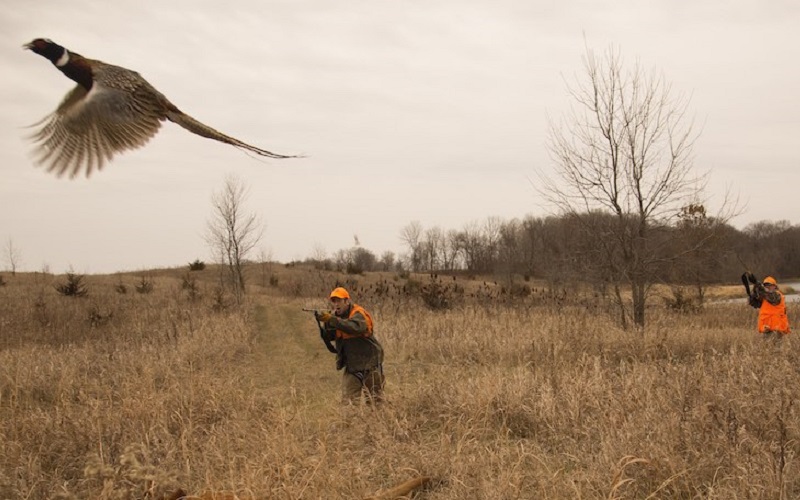
The bird sees you, and it starts to fly off. What are you going to do? You’re going to point your shot and find the right angle to fire. This would be a good time to pull out all the knowledge you have about the prey you’re hunting and put it to good use.
In some instances, if the bird is specifically hiding in the underbrush and you need to scare it out, it can be better to wait until it begins to take flight to shoot. Firing into the underbrush without a clear shot is foolish and a waste of ammunition, and then you need to recuperate while the bird gets a chance at escaping.
6. Drive The Birds
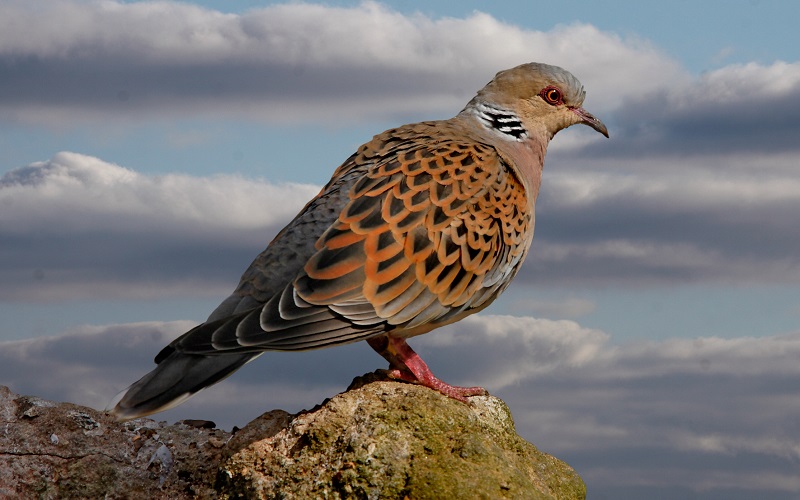
Pheasants are notorious for travelling uphill when trying to escape predators. If you’re in a thick forest, you can bring another hunter along and have them set up shop at the top of a ridge or hill while you walk behind a pheasant and have it retreat uphill. This is called driving the bird, and it’s extremely effective.
You just have to make sure you have another hunter with you that you can trust, since they’ll be firing relatively in your direction. To drive a bird uphill, walk in zigzag patterns behind it so it believes you’re covering more ground than you are, and it won’t try to slip behind you by going around trees.
7. Time The Hunt
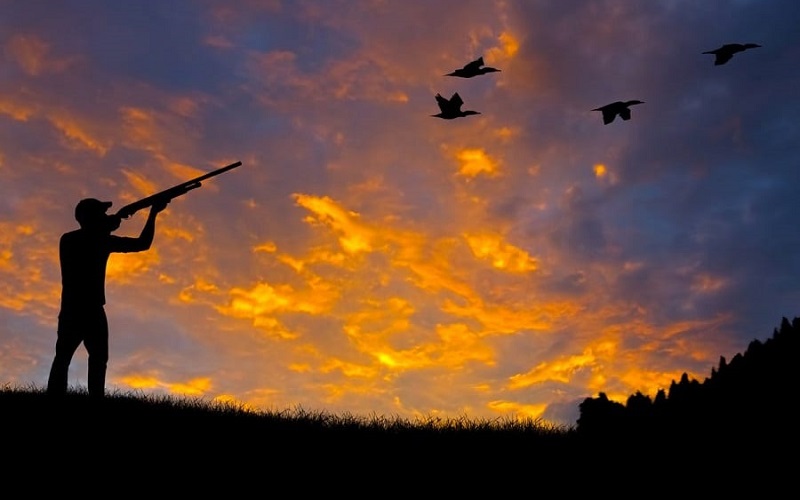
Birds are keen on your habits as well. They know that hunters attack in the late morning or early evening and will work to avoid you as a predator during those hours. Going during the early morning and late evenings will actually yield a higher chance of bagging game, but your time will be limited.
If you know that hunters tend to visit public land spots around 11:00 a.m. on weekends (or later if they go to church first), try to get ahead of the curve so they’re not scaring off all the game.
8. Swing Your Shotgun
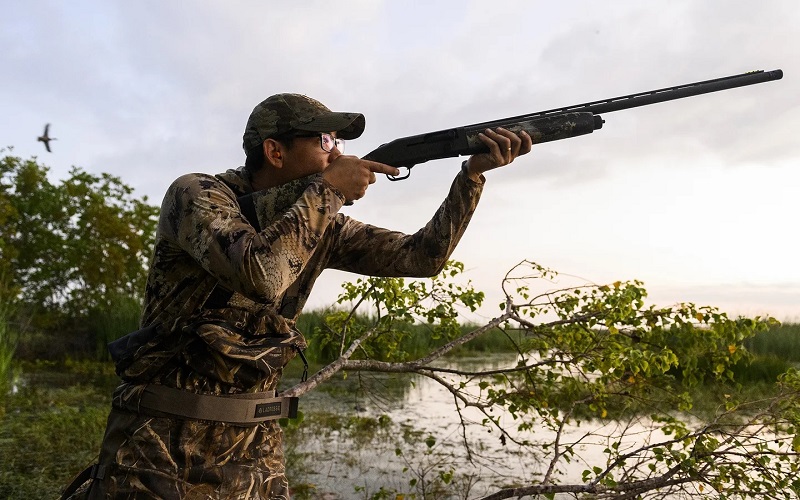
While the shot is escaping your barrel, you need to keep moving it in the direction of the bird’s flight path. You don’t stop just because you’ve initiated the shot; it could trail right behind them, and you would fall victim to the biggest rookie mistake that any bird hunter could make.
Align it with their flight path. Because the distance likely won’t be more than a half-mile if you’re using a shotgun, you won’t need to lead your shot ahead of time, but you will have to ensure consistency. Swing at the speed at which the bird is escaping from your view.
9. Research Your Prey
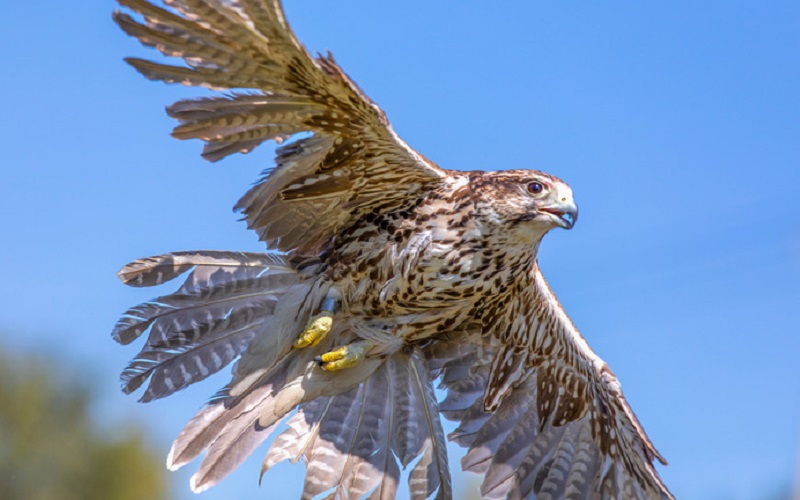
No two birds are the same. Even subspecies of certain birds can have different eating and mating habits, which can throw off your game entirely.
Understand your prey well before you ever set foot on the land they inhabit; otherwise, you could spend a lot of time tracking and not enough time bagging game.
10. Lead Over A Half-Mile
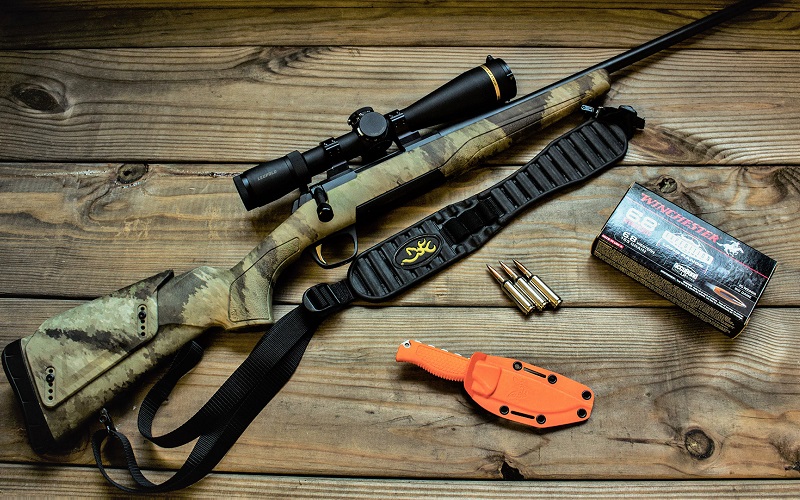
Using a rifle with more accuracy and control That’s a good thing; it means you can snag your game from further distances than with a shotgun. The thing is, you still need to ensure you’re going to hit them, and at this distance, you will have to lead your shots. The bird is still moving while you squeeze the trigger, and while bullets are fast, it’s still moving while the bullet travels to it. You also have to take the earth’s rotation into account at certain distances.
Lead your shot a little bit more than you think you need to when firing from a distance. A bird with a clipped wing can still find safety after it falls if it needs to, so be sure that your shot sticks and is effective.
11. Hunt A Different Kind Of Bird
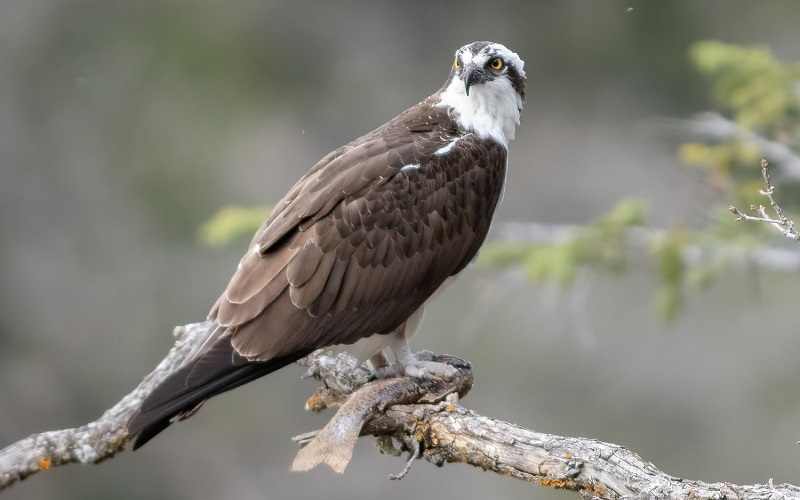
Pull! You can practice on clay pigeons if you’re not keen on shooting live birds yet. Yes, the application is different, but your reaction speed, swing, and ability to shoot can improve. It’s an engaging way to practice your shooting on a budget.
At a standard firing range, you’re not shooting at applicable targets that matter when bird hunting; they’re stationary, and if you have any experience with guns, you know that a stationary target is easy to hit.
12. Find Weeded Plains
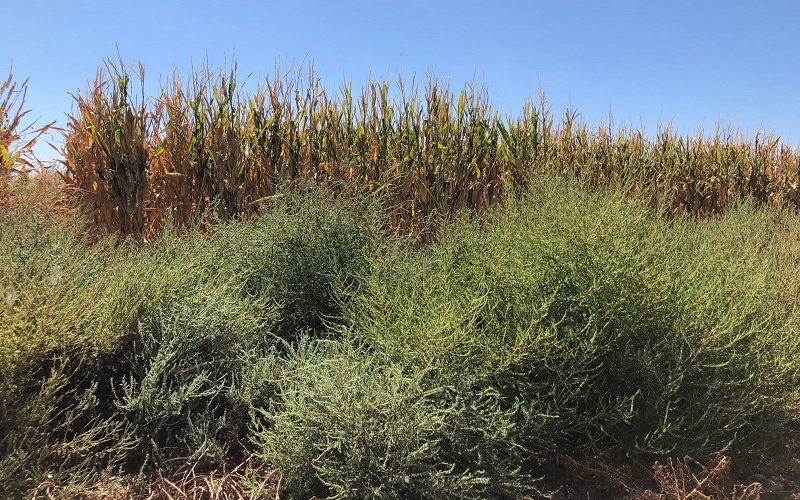
One of the best spots to hunt is an open field. Birds gather there because they can easily evade prey, but they can also take refuge in the tall grass during certain seasons. This makes it a prime spot to find their tails poking out of the tall weeds and gives you a clear shot at them.
You can also toss a stone to rouse them from their spot and mimic a predator, giving them a reason to take flight and offering you the option to shoot down multiple birds over the course of a few shots.
This Guide Is Your Wingman
It’s time to actually get out there and hunt. If you’ve been feeling a bit lacklustre with your previous efforts at bird hunting, apply these tips, and you’ll be flying right in no time.
Find good lands that have plenty of pheasants and quail (some states have an open season), and just get right to it.
Resources:

